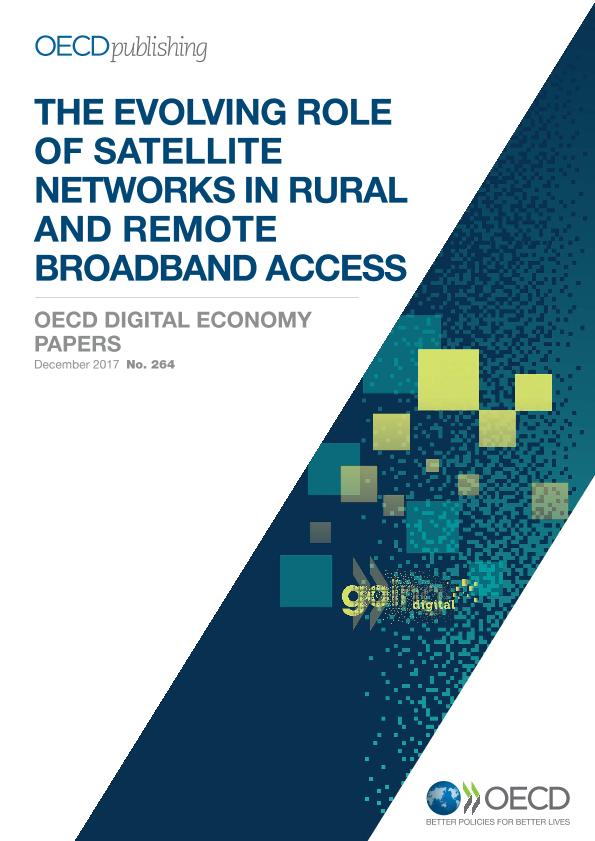The Evolving role of satellite networks in rural and remote broadband access

Contenido multimedia no disponible por derechos de autor o por acceso restringido. Contacte con la institución para más información.
| Tag | 1 | 2 | Value |
|---|---|---|---|
| LDR | 00000cab a22000004b 4500 | ||
| 001 | MAP20180011474 | ||
| 003 | MAP | ||
| 005 | 20180418173853.0 | ||
| 008 | 180416e20171201esp|| p |0|||b|eng d | ||
| 040 | $aMAP$bspa$dMAP | ||
| 084 | $a932 | ||
| 245 | 1 | 4 | $aThe Evolving role of satellite networks in rural and remote broadband access |
| 520 | $aSatellites serve as an important option to deliver broadband services to residences and businesses in rural and remote regions throughout the world. In OECD countries, the majority of people live in urban areas or at locations that are closely settled enough to use other broadband access technologies on a cost effective basis. The satellite industry, however, is introducing several significant innovations that result in improved capabilities and may substantially change the costs of providing broadband services. The purpose of this report is to describe these key recent developments based upon new and anticipated satellite broadband deployments, and discuss their implications for the future use of satellites to deliver broadband services to residential and business users. In short, the report investigates how innovation is changing the role of satellites in extending broadband services to underserved areas in relation to other terrestrial broadband options. With the changing role of satellite in the provision of broadband service, and in anticipation of new broadband satellite systems, there are important policy challenges to be considered. These include evaluating the role of government subsidy programmes, and considering how to address regulatory hurdles to enable development and deployment of competitive new technologies | ||
| 650 | 4 | $0MAPA20080552565$aSatélites | |
| 650 | 4 | $0MAPA20080586546$aNuevas tecnologías | |
| 650 | 4 | $0MAPA20080605674$aDesarrollo tecnológico | |
| 650 | 4 | $0MAPA20080553722$aConexiones | |
| 650 | 4 | $0MAPA20140009749$aConectividad | |
| 650 | 4 | $0MAPA20080567729$aZonas rurales | |
| 650 | 4 | $0MAPA20080588267$aTelecomunicaciones | |
| 773 | 0 | $tOECD Digital Economy Papers$gNº 264 ; Diciembre 2017 ; 48 p. |

